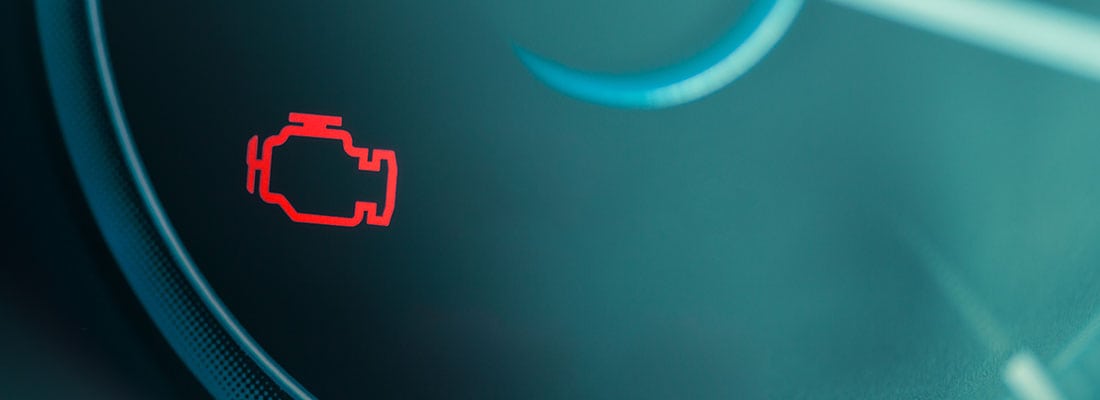What To Do if You Have a Coolant Leak
So, you’ve received your oil analysis report back recommending an inspection of the cooling system. (You may or may not also find an oily sheen in the cooling system.) When a lubricant report is received indicating coolant contamination, the root cause of the problem must be found and corrected.
Are you only looking at half of the data?
An internal leak will require further maintenance to be performed to correct the internal contamination, such as a possible new engine rebuild. Have you determined the root cause for the internal leak? Internal leaks are not just something that will be expected to occur at some point in your equipment life expectancy. The same could be said for concerns with your lubricant analysis report indicating higher oxidation values and not being able to optimize the lubricant drain interval. Identifying and reacting to the lubricant analysis recommendations may not always identify the root cause when only testing the oil.
Why would an internal leak or shorter drain intervals occur?
One possible reason is from overheating. Overheating will put more stress on both the lubricant and the coolant and increase acid build up to occur, causing corrosion to the metal surfaces of the engine eventually leading to soft spots. The overheating may not be found on your dashboard but the internal temperatures in the engine may still be elevated. The higher temperatures will cause stress to the lubricant resulting in oxidation and acid build up which ends up thickening the oil. At this point the oil cannot provide the adequate lubricant regime necessary to help protect the engine from wear. Having metal to metal contact will not only increase the engines internal operating temperature, it will also cause soft spots to occur causing cracks and coolant to leak into the engine. As a result this can lead to engine failures, unexpected downtime, maintenance and repair costs.
Are you regularly testing the cooling system within your equipment?
OEMs have indicated approximately 40%, if not higher, of preventable premature engine failures can be traced back to problems in the cooling system. Concerns in the cooling system may be present without a visible indicator and cooling system failures are less common. This is one reason some may not think to test their coolant. However, understanding how the cooling system functions and how the fluid properties can impact the cooling system is a critical component to the overall engine performance.
The purpose of your cooling system is to:
- Circulate the coolant throughout the system
- Remove heat from the engine
- Dissipate heat from the coolant
The cooling system concerns that are not corrected early will hinder the performance of the engine and eventually lead to a premature engine failure. Adding coolant testing to your fluid analysis program will help aid in catching coolant related issues and/or determine if concerns are present due to out of date maintenance procedures. Routine testing of the cooling system will provide recommendations and correction needed to maintain the cooling system and fluid properties. If concerns are not corrected or monitored then internal leaks and/or shorten lubricant drains may occur causing increased wear and damage to your equipment.
Test all fluids in your equipment
Testing all fluids within the equipment by utilizing an effective fluid analysis program will help reduce unexpected down times and/or equipment replacements – resulting in an increase return of investment (ROI). Reach out today to discuss how improve your overall fluid analysis program by testing all components in your equipment.

Proven Impact. Proven Uptime. Proven Savings.
Let us prove it to you.




